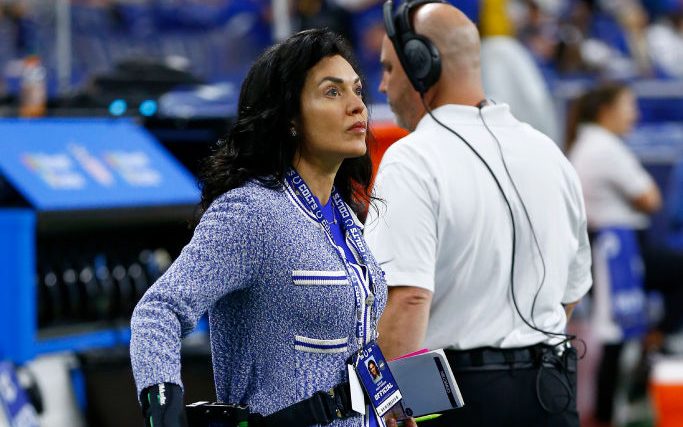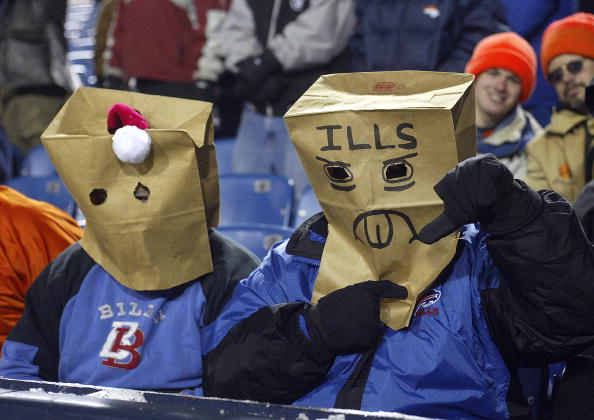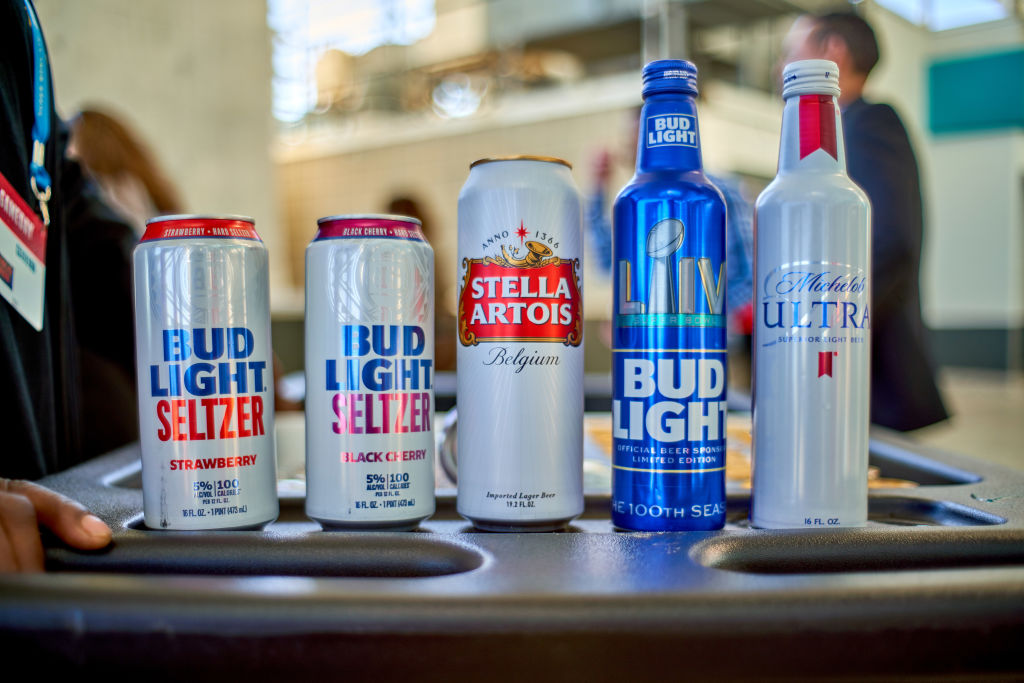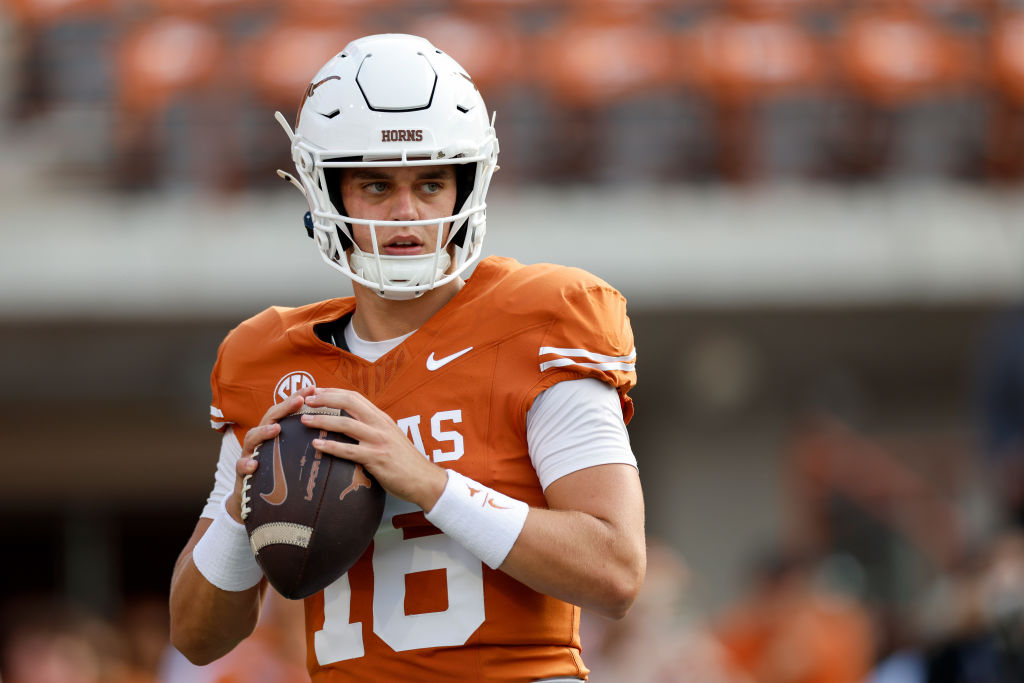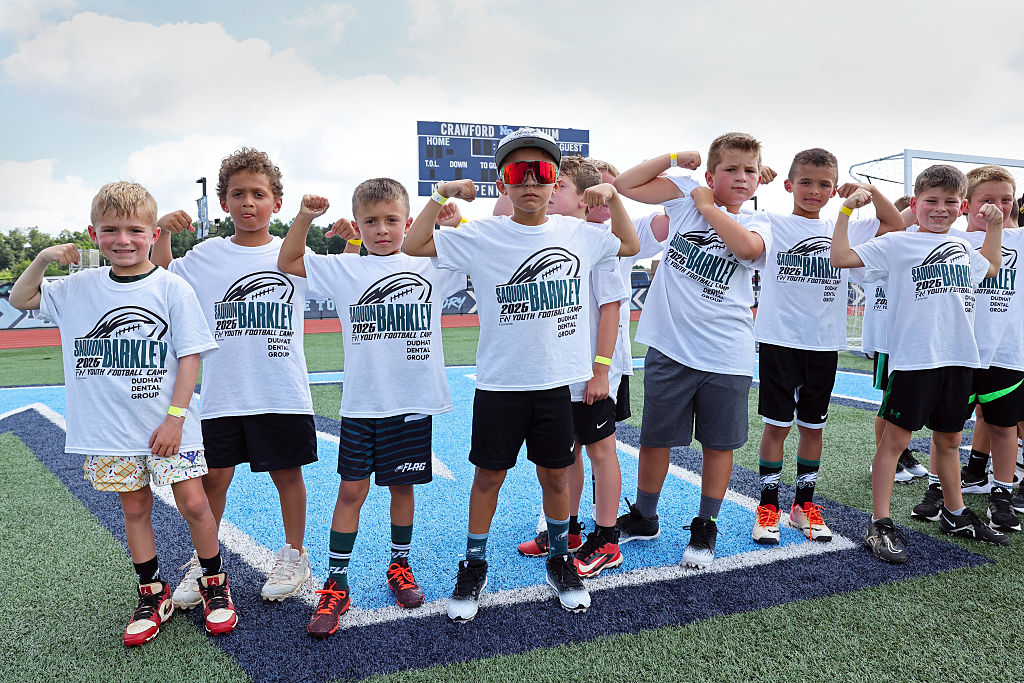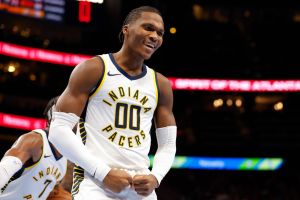
Source: Todd Kirkland / Getty
As the focus on the Indiana Pacers shifts away from celebrating an Eastern Conference Finals playoff run to how they can improve next season, there are a few factors that will go into improving.
1. Defense
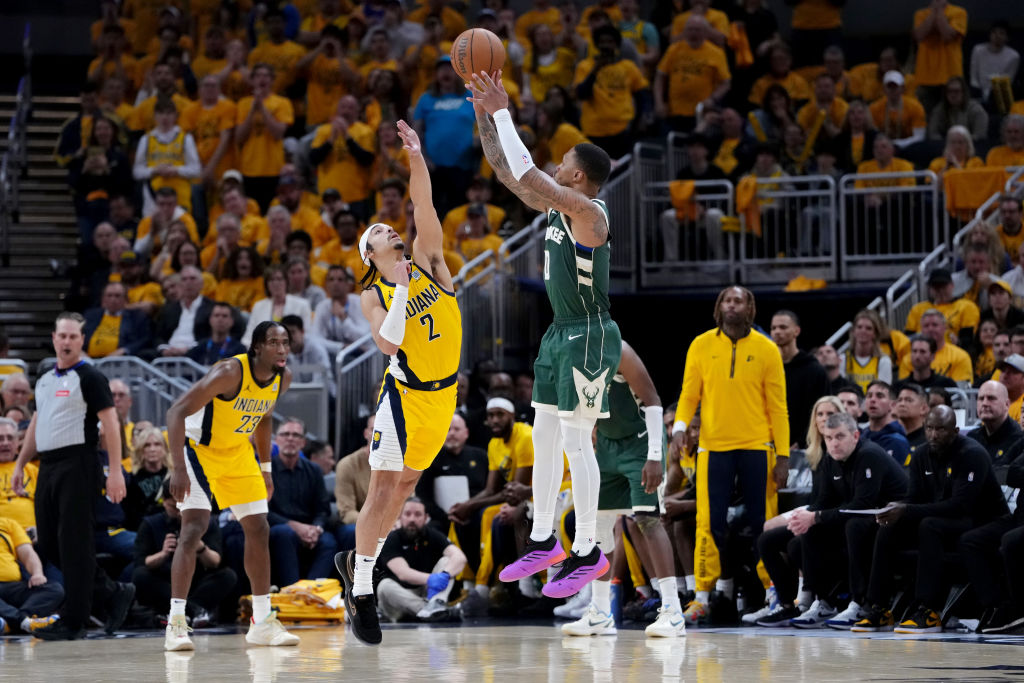 Source:Getty
Source:Getty
The first three things on this list are interchangeable for me personally. I think improving defensively and rebounding can go hand in hand for the Pacers. During the regular season it was documented, discussed, and everything in between on how the Pacers need to improve defensively. The Pacers ranked 24th in defensive efficiency last season while surrendering the 4th most points in the NBA.
Last year, Pacers opponents shot 65.3% (22nd) within the restricted area and 47.7% (2nd) in the paint. For comparison, Philadelphia’s defense was first in field goal percentage within the paint with their opponents shooting 39.8%. Myles Turner’s presence as a shot blocker explains the restricted area field goal percentage. However, the paint field goal percentage for Pacers opponents relies on length, strength, and preventing players from driving by perimeter defenders.
2. Rebounding
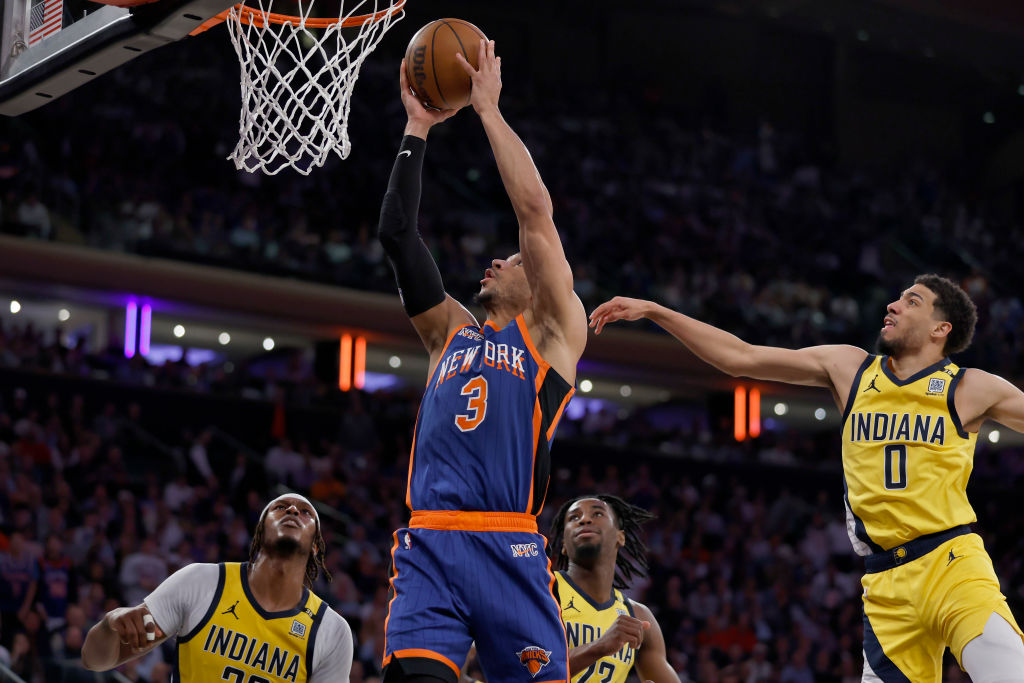 Source:Getty
Source:Getty
As mentioned above, I think rebounding can lead to improvements defensively for the Pacers. Opponents brought down on average, 11 offensive rebounds per game against the Pacers. That ranked seventh worst in the NBA. On average, Indiana was giving up 14.8 second chance points per game, fifth worst. If both of those numbers are closer to the league average, then that will theoretically improve the Pacers defense because the opposing team isn’t scoring as much.
I don’t see a way that the Pacers improve drastically on the offensive rebounding side of things because of their offensive playstyle. They will take a lot of threes, layups, and dunks. There’s just not a lot of opportunities for the Pacers to crash the glass offensively with so many players outside and not within the paint to tap it outside like the New York Knicks did consistently.
3. Maturing
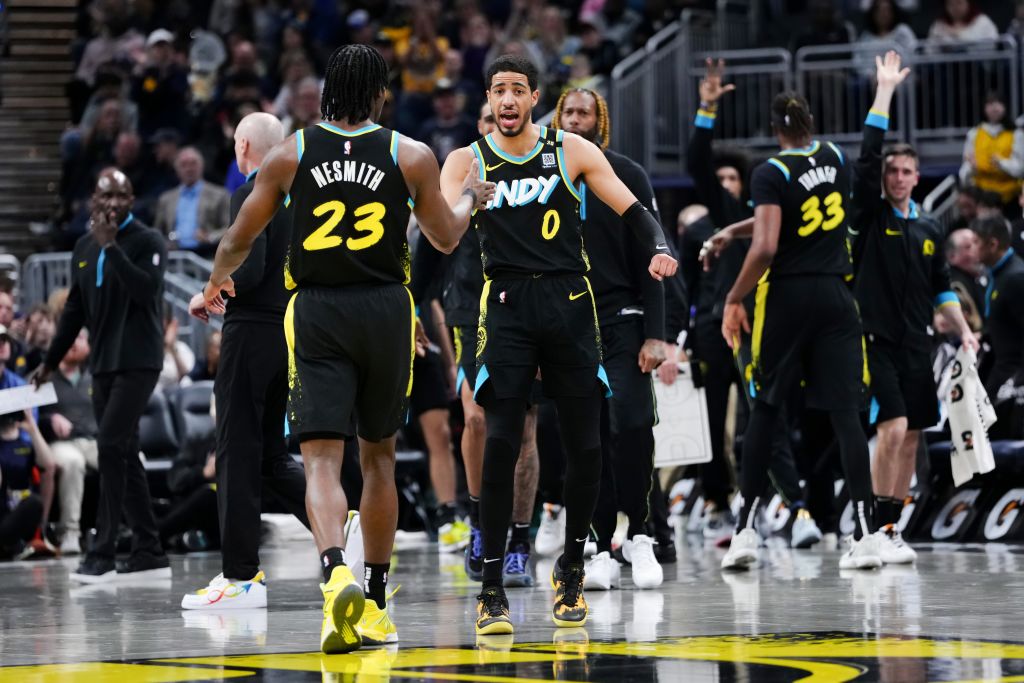 Source:Getty
Source:Getty
When I say maturing, it’s not physical skillset. Indiana was 27-21 last season against teams above .500 and 20-14 against teams below .500. Out of the 20 teams that made the playoffs/play-in, Indiana’s 20 wins ranked as the second fewest. The 27 wins against teams above .500 was tied for seventh most. Losing to the Portland Trail Blazers, Charlotte Hornets, Washington Wizards, and the other bottom feeders is something the good teams don’t do.
- Boston Celtics 30-3
- New York Knicks 29-4
- Denver Nuggets 28-2
- Orlando Magic 28-4
The Houston Rockets finished the season 41-41 and went 21-9 against teams below .500. If Indiana can become one of those teams that consistently defeats teams they should, then they can be a team competing for home court in the postseason. It took the Boston Celtics some time to finally stop playing down to their opponents and now they are playing in the NBA Finals.
Additionally, going 3-10 on the second night of a back-to-back is totally unacceptable. Only the Spurs and Wizards had worse records than the Pacers. Both of those areas of improvement will come with maturity.
4. Development
 Source:Getty
Source:Getty
The statistics may not exactly say that Bennedict Mathurin improved from his rookie season to sophomore campaign, but the efficiency for Mathurin improved along with his assist numbers. What’s next for the former sixth overall pick is becoming a better defender, decision maker, and catch and shooter. Year three is such a critical year for Mathurin because it will largely determine his future with the franchise.
Jarace Walker’s development might be more important than Mathurin’s. When you look at the Boston Celtics, New York Knicks, Milwaukee Bucks, Orlando Magic, Oklahoma City Thunder, and Minnesota Timeberwolves, they are all primarily led by wing scorers and defenders. Right now, Indiana only has two wings in Aaron Nesmith and Pascal Siakam. If Walker was ready and could play in the Eastern Conference Finals, he would have been huge because of his length, size, and ability to defend.
In conclusion, Andrew Nembhard was very seasoned coming into the league simply because of the amount of games he played at Gonzaga. The one area that Nembhard needs to improve is being a consistent three-point shooter. Nembhard shot 54.2% on left corner threes and 50% on right corner threes compared to 28.2% on threes not taken in either corner.
5. Keep Finding Diamonds in the Rough
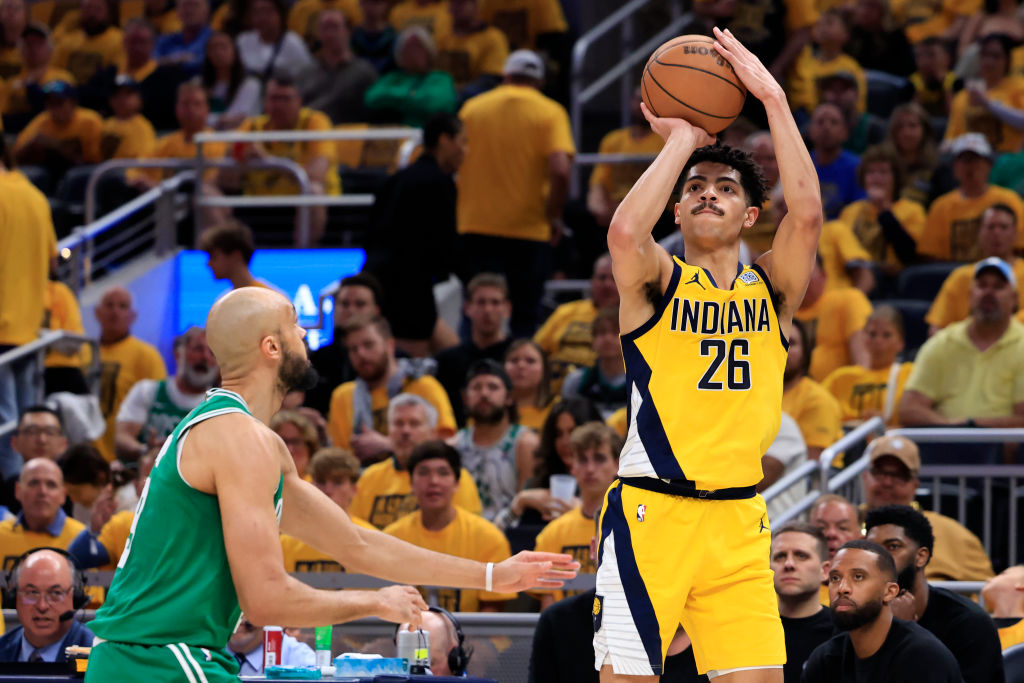 Source:Getty
Source:Getty
For the longest time the Indiana Pacers were not great at finding diamonds in the rough. That shift started to kind of change in 2018 when the Pacers selected Aaron Holiday with the 23rd pick in the draft. Holiday had some early career success, but struggled to find the floor with Malcolm Brogdon, Victor Oladipo, T.J. McConnell, and Caris LeVert all taking a good chunk of minutes and needing the basketball in their hands in order to be most effective.
In the last three years, we have seen Kevin Pritchard and Chad Buchanan come out of drafts with steals. In 2021, the Pacers traded back into the first round to select the freakishly athletic 19-year-old Isaiah Jackson out of Kentucky. In 2022, Andrew Nembhard was selected with the first pick in the second round out of Gonzaga. Pritchard would eventually go on to say that Nembhard could be one of the best players in the draft and so far has been arguably the biggest steal after two seasons. Finally, in 2023, the team selected Ben Sheppard with the 26th pick after four seasons at Belmont.
In order to remain near the top of the Eastern Conference and considered to be a contender, the front office has to keep finding players that develop into key contributors as role players. Tyrese Haliburton, Pascal Siakam, and Bennedict Mathurin (hopefully) are not going anywhere anytime soon. Those three will eat a good chunk of the salary cap and will be relied on to be the best players going forward.










